Saigon-Gia Dinh opens and ends the resistance war against colonialism and imperialism of our people.
On February 28, 1861, Gia Dinh citadel fell, the French colonialists pacified the South and then continued to invade the North and Central regions: the whole country was under French rule. Despite continuous uprisings and refusal to bow down, all the uprisings, resistance movements, and riots of patriotic scholars from the South to the North and Central regions failed, drowned in a sea of blood by the enemy. The aspiration of the entire nation to break the chains of slavery remained deadlocked.
In that situation, the patriotic young man Nguyen Tat Thanh left to find a way to save the country, traveled to many countries and went to France to participate in political activities, then became a founding member of the French Communist Party (in 1920), gradually orienting the path to save the country. When he went to the Soviet Union (in 1923) to study the Russian October Socialist Revolution and participate in the 5th Congress of the Communist International, Nguyen Tat Thanh - then Nguyen Ai Quoc - shaped the path to save the country: "To save the country and liberate the nation, there is no other way than the path of proletarian revolution".
Only 15 years after the founding of the Communist Party of Vietnam (February 3, 1930), Ho Chi Minh (the new name of Nguyen Ai Quoc) and our Party led the people to successfully carry out the August Revolution of 1945, establishing the Democratic Republic of Vietnam on September 2, 1945. But "seizing power is difficult, maintaining power is even more difficult". France returned to invade Vietnam and on September 23, 1945, Saigon fired the first shots against the French colonialists, then on December 19, 1946, Uncle Ho issued the "Call for National Resistance".
After 9 years of fighting against the French and then 21 years of resistance against the Americans to save the country, finally ending with the historic Ho Chi Minh Campaign on April 30, 1975, our people completely liberated the South and reunified the country.
The first 10 years after April 30, 1975: Difficulties and challenges
The Liberation Army tanks entered the city center at the same time, everywhere, the revolutionary forces were inciting the people to rise up and seize power from the grassroots to the districts and counties. The city was filled with people and the flags of the Liberation Front fluttering. The people were jubilant and excited, the revolutionary spirit was overwhelming.
Everywhere, students poured into the streets to direct traffic, clean up, sweep trash, remove remnants of slavery, and eradicate depraved and harmful "cultures". Workers enthusiastically started all factories and machines, especially to keep the city from losing electricity or clean water. All sectors and levels tried to restore production and business activities, factories, markets, public service facilities...
In the inner city areas, the Revolutionary Committee opened the rice and military supplies warehouses of the Saigon army to help the people starve. After the Political Consultative Conference for Unification, the whole country embarked on economic recovery. In July 1976, the National Assembly of the Socialist Republic of Vietnam decided to officially change the name of Saigon-Gia Dinh City to Ho Chi Minh City. Throughout the South, people returned to their hometowns to make a living, clinging to the fields and gardens that still bore the marks of war devastation.
In July 1977, the National Assembly of the Socialist Republic of Vietnam decided to officially change the name of Saigon-Gia Dinh city to Ho Chi Minh City.
In the midst of the jubilant atmosphere that filled the city, widespread unemployment was evident, leading to the risk of famine. After the liberation, the collapse of the entire old government meant that hundreds of thousands of civil servants and public employees lost their jobs, while one million Saigon soldiers deserted (in the city there were more than 400,000 people), millions of people were suddenly unemployed, plus the previously unemployed workers and the number of young people who had deserted the army, deserted soldiers... making life very difficult for the people in the cities.
Unemployment and the risk of famine were urgent issues that needed to be resolved. The city leaders directly ran rice supplies to relieve hunger, directed the city food company and units to overcome "river and market barriers" to bring rice from the Mekong Delta to relieve hunger in time. The voluntary social work movement of youth and people from all walks of life reached its peak when ten thousand Youth Volunteers took up arms on March 28, 1976.
The Youth Volunteers were the most diverse group of young people at that time, including: civil servants and young soldiers in Saigon who had deserted, unemployed workers, students, young people with old social evils such as drugs, prostitution... and the organization was led by communist youth union members and cadres.
The people of the city happily encouraged their children to go to the mountains and the sea to build the economy, not only to have jobs to support themselves but also to contribute to the society to overcome difficulties, transforming a city from serving the war and relying on American aid to working and producing on its own. The southern provinces and cities took turns organizing youth volunteers to build a new economy.
Unstable peace, border war breaks out
The work of building and protecting the revolutionary achievements of the army and people of Ho Chi Minh City had just begun, with a huge amount of work after thirty years of liberation war, the battle to protect the Fatherland on the southwestern border broke out again.
During the 15 months of the border protection battle in Military Region 7, Ho Chi Minh City sent off units of the Gia Dinh, Quyet Thang, and Thi Cong Me Me Regiments, local army units, and the City’s 5th Youth Volunteer Brigade to the front line of the border to perform combat duties. Many of the sons of the city named after Uncle Ho heroically sacrificed their lives in the battle to protect the Fatherland.
The severe impact of the two wars on the southwestern and northern borders, along with the US embargo policy, aggravated the country's exhausted situation after 30 years of resistance war to save the country.
Characteristics and features of the 10-year pre-renovation period (1975-1985)
The historical developments from May 1975 to before the 6th National Congress of the Party in Ho Chi Minh City clearly demonstrated the nature of a special transitional period, which was also a transition typical of the whole of southern Vietnam, with the following characteristics:
- Transition from semi-feudal colonial and neo-colonial regimes to the initial stage of transition to socialism.
- Transition from the provisional wartime state, military government, to a unified state.
- The transition from a wartime and occupied society to a society ruled by the people, basically peaceful but still affected by war and with an unstable mentality.
- The transition from a free economy with a capitalist nature and foreign dependence to an autonomous, self-sufficient economy under a centrally planned and subsidized economic mechanism.
This was also the period of groping and testing economic policies, the period of social management mainly by resolutions and directives, the role of the government in this period was heavily political, not paying attention to administrative management and management according to economic laws.
From centrally planned economy to market economy
After the Fourth National Congress of the Party, the whole country agreed to implement the policy of "Centralized planned economy". Looking back at this period, as the results of the second five-year plan 1976-1980 show, although there were large resources from outside, mainly from the Soviet Union, most of the socio-economic targets were not achieved.
The economy gradually fell into a state of crisis, manifested through a number of criteria as follows: production and business declined, stagnated, low growth, while the population growth rate remained high; severe food shortages. The average food intake in the country decreased from 274kg/person (in 1976) to 268kg/person (in 1980). Ho Chi Minh City is located in the rice granary of the South but has to eat corn and cassava. All households must have rice books. The state has to import food; consumer goods are in serious shortage. Prices are expensive. The city budget is regulated, leaving insufficient for consumption and maintenance of technical infrastructure; inflation increases annually at a high rate.
Summarizing the period 1976-1980, the Resolution of the 5th Party Congress wrote: "In the past five years, besides victories and achievements, there have been many difficulties; and currently, on the economic front, our country is facing many acute problems. The results of implementing economic plans in the past five years have not narrowed the serious imbalances of the national economy. Production has developed slowly while the population has increased rapidly. National income has not yet ensured social consumption, a part of social consumption has to rely on loans and aid, the economy has not yet created accumulation".
By the third five-year plan (1981-1985), the economy was in a serious crisis, the peak being after the implementation of the "Price, Wage, Money" policy: Production stagnated in all fields and socio-economic sectors; foreign debt piled up, the international trade balance was seriously unbalanced, foreign currency was scarce; inflation increased rapidly, increasing by about 40% in early 1981 to 587% by the end of 1985. The market was in turmoil; unemployment was severe, social evils increased.
We also realize that the reform of private capitalist industry and commerce is not the reform of a truly formed capitalist economy, but in fact the "reform" of a small-scale production with a developing private capitalist force still in the process of being built. That erroneous policy is one of the fundamental causes leading to the serious socio-economic crisis as mentioned above.
Later, the Resolution of the 6th Party Congress in 1986 severely criticized itself: "Due to not fully realizing that the transition period to socialism is a relatively long historical process, having to go through many stages, and due to subjective and hasty guiding ideology, wanting to skip necessary steps, the 4th Congress did not define the goals of the first stage." And "But we have not clearly and consistently defined the viewpoints, guidelines and policies guiding the socialist transformation. There have been hasty manifestations of wanting to immediately eliminate non-socialist economic sectors, quickly turning the private capitalist economy into a state-owned one...".
The Meaning of Victory April 30, 1975
The victory of April 30, 1975 has many meanings for the history of the Vietnamese nation and for the contemporary world. These are: The success of Ho Chi Minh's ideology: "Nothing is more precious than Independence and Freedom" and "National Independence is closely linked to socialism"; The success of the policy of combining political struggle with armed struggle in all three strategic areas of forests, mountains, rural areas and urban areas; The success of the national solidarity bloc: "Unity, unity, great unity; Success, success, great success"; The success of the principle "Party leadership is the cause of all victories"; The success of the people's war policy and the Party's military art.
The victory of April 30, 1975 opened a new era for the Vietnamese people to build and defend the homeland, leading the country towards socialism.
The victory of April 30, 1975 opened a new era for the Vietnamese people to build and defend the homeland, leading the country to socialism. The victory of our people's resistance war against the US, to save the country, shocked the world, encouraging colonial peoples in Africa, Latin America, and Asia to continuously rise up to fight for independence against the old French colonialists and the new American colonialists.
April 30, 1975 became a symbol of victory praised all over the world. The world honored President Ho Chi Minh as "National Liberation Hero, Outstanding Cultural Man of Vietnam". The great victory of Spring 1975 was a breakthrough of the era: Opening a new era of "Building and defending the Vietnamese Fatherland", at the same time opening the era of bankruptcy of old colonialism, failure of new colonialism, opening the possibility of liberating colonial peoples around the world.
PHAM CHANH TRUC Former Deputy Head of the Central Economic Commission, former Standing Deputy Secretary of the Ho Chi Minh City Party Committee
(According to NDO)
Source: https://baoyenbai.com.vn/16/349599/Dai-thang-mua-Xuan-1975-mo-dau-hanh-trinh-tu-Sai-Gon-Gia-Dinh-den-Thanh-pho-Ho-Chi-Minh-truoc-thoi-ky-doi-moi-dat-nuoc.aspx



![[Photo] General Secretary To Lam receives Chief of the Central Office of the Lao People's Revolutionary Party](https://vphoto.vietnam.vn/thumb/1200x675/vietnam/resource/IMAGE/2025/5/30/140435f4b39d4599a3d17975dfb444c5)
![[Photo] A delegation of 100 journalists from the Vietnam Journalists Association visits the soldiers and people of Truong Sa island district.](https://vphoto.vietnam.vn/thumb/1200x675/vietnam/resource/IMAGE/2025/5/30/0984a986227d4e988177f560d2e1563e)
![[Photo] National Conference "100 years of Vietnamese Revolutionary Press accompanying the glorious cause of the Party and the nation"](https://vphoto.vietnam.vn/thumb/1200x675/vietnam/resource/IMAGE/2025/5/30/1cf6cd5c8a934ebfa347028dcb08358c)
![[Photo] Journalists moved to tears at the Memorial Service for the soldiers who died in Gac Ma](https://vphoto.vietnam.vn/thumb/1200x675/vietnam/resource/IMAGE/2025/5/30/9454613a55c54c16bf8c0efa51883456)



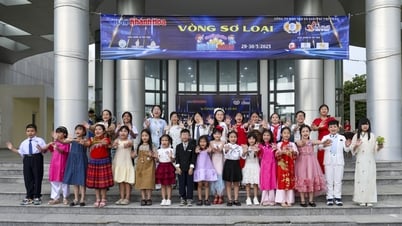

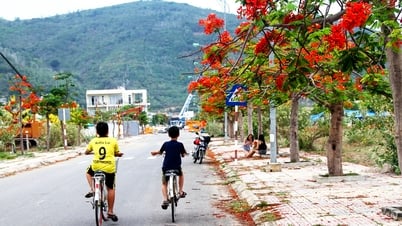
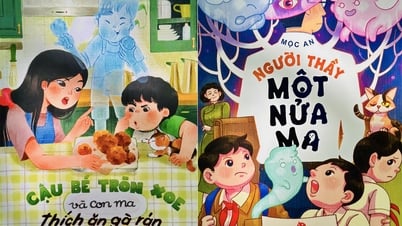
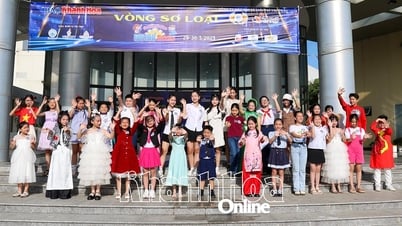
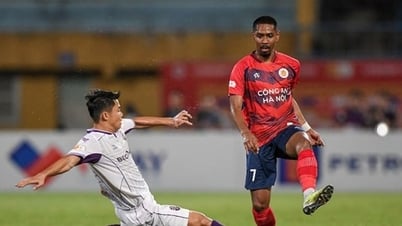





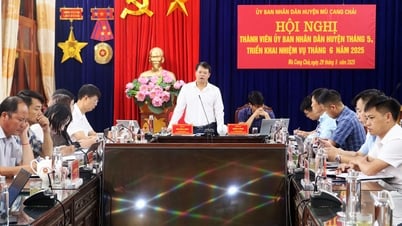
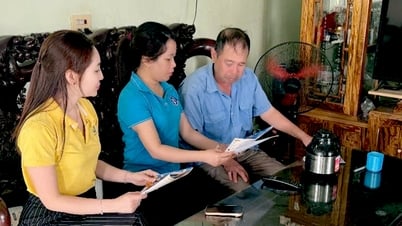
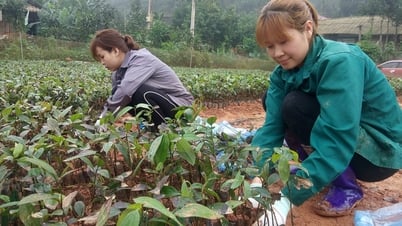

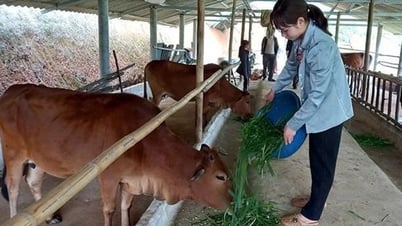












































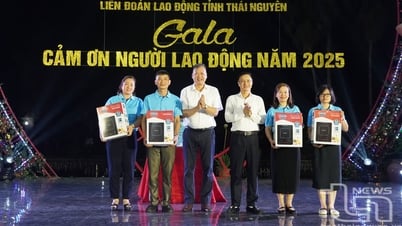

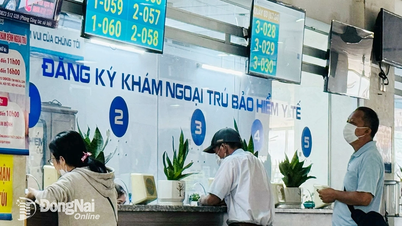


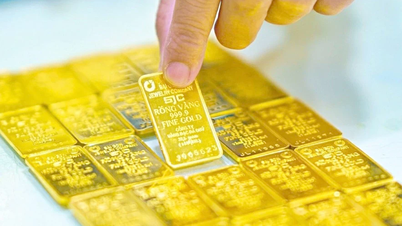













Comment (0)